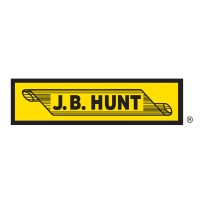
Taiwan High Speed Rail Corporation.
Taiwan High Speed Rail Consortium was formed in November 1996 to bid for the HSR BOT Project and was selected the Best Applicant in September 1997. Taiwan High Speed Rail Corporation (THSRC) was incorporated in May 1998 as the Concessionaire to build and operate the HSR service. In July 23, 1998, the agreements were signed between MOTC (representing the ROC Government) and the THSRC, which have granted THSRC a concession to finance, construct, and operate the High Speed Rail System for a period of 35 years and a concession for HSR station area development for a period of 50 years. The HSR will link Taipei to Kaohsiung at a total length of 345km with 90 minutes traveling time. During the first stage of the operation, eight stations of the high speed rail will be operated, namely, Taipei, Banqiao, Taoyuan, Hsinchu, Taichung, Chiayi, Tainan, and Kaohsiung (Zuoying), and by 2010, four more stations will be open, i.e., Nangang, Miaoli, Changhua and Yunlin.






